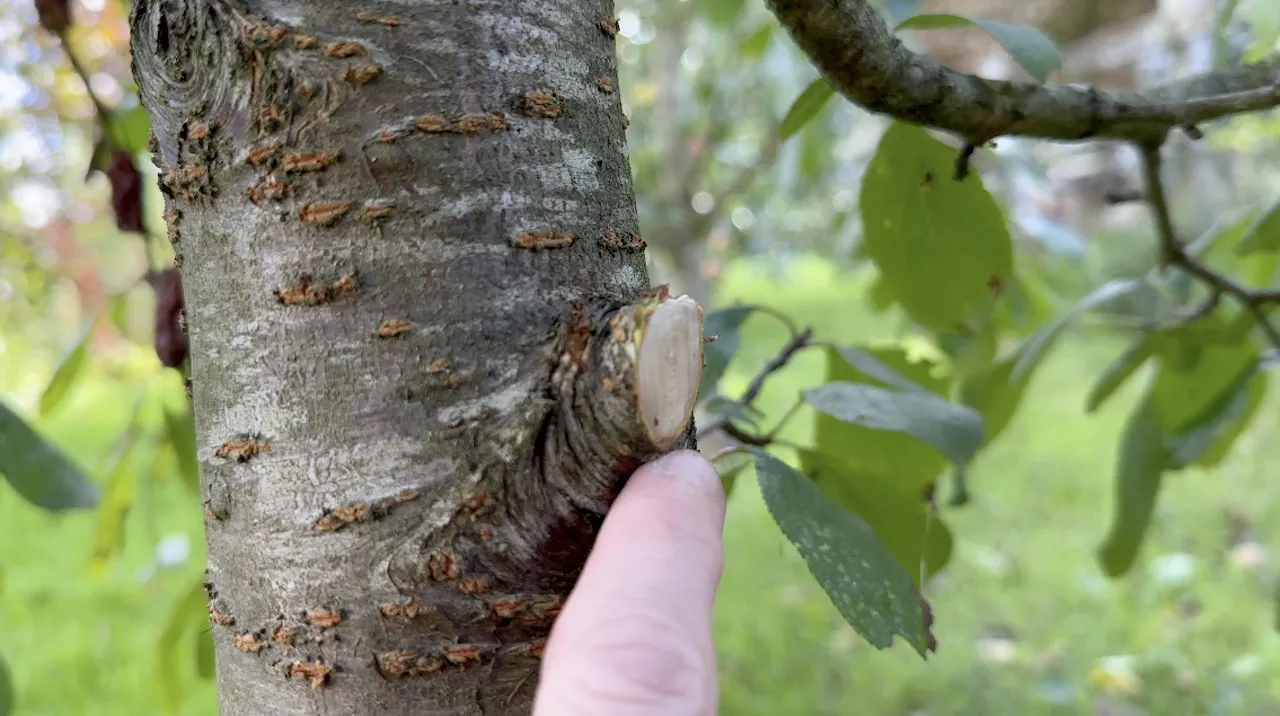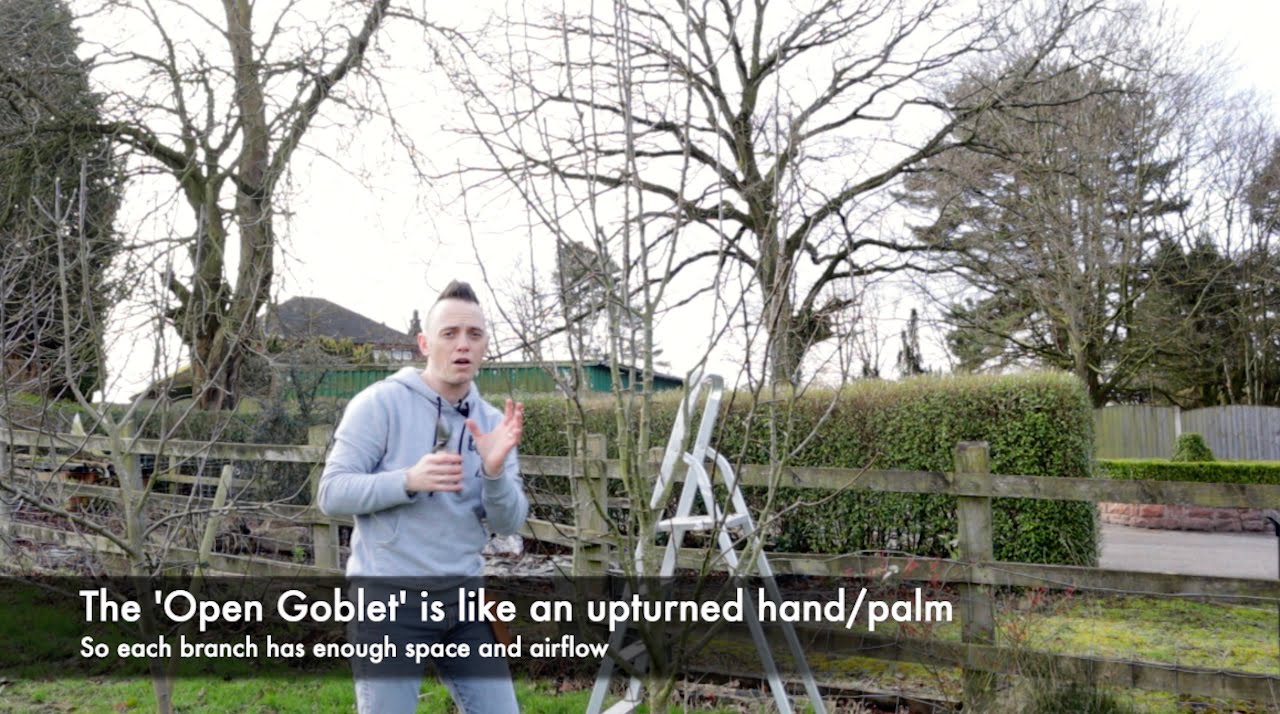Hi @mralphafoxtrot
Great question about when and how to prune Olives. It can often confuse people. When it comes to the odd dead branch, in my experience, I prefer to remove it there and then. Because I'm less likely to forget and it keeps the tree tidy. Although pruning of most trees is better during dormancy, ie winter, sometimes a quick fix is needed. Given the fact the branches are dead, they are not going to bleed profusely like it would if you took 1/3 off the entire tree during mid-summer! A big no-no.
Let's take a closer look at Olive tree pruning for the benefit of other Ninjas.
Why and when do you prune Olive trees?
Pruning olive trees is essential for their health, shape, and productivity. Proper pruning helps to remove dead or diseased wood, improve air circulation, and encourage new growth. Here are some tips on how and when to prune olive trees:
1. Timing Matters:
- Late Winter to Early Spring: The ideal time to prune olive trees is during late winter to early spring, while the tree is still dormant and before new growth begins. Pruning during this period minimizes the risk of disease transmission and allows you to see the tree's structure clearly.
2. Use the Right Tools:
- Secateurs: Use secateurs for small branches and twigs (up to 1/2 inch in diameter).
- Loppers: For larger branches (up to 2 inches in diameter), loppers are more effective.
- Pruning Saw: When dealing with branches over 2 inches thick, a pruning saw is necessary.
- Gloves: Wear gloves to protect your hands from thorns and sharp edges.
- Safety Glasses: To protect your eyes from falling debris.
3. Remove Dead or Diseased Wood:
- Begin by inspecting the tree for dead, damaged, or diseased branches. These should be your top priority for removal. Make clean cuts just outside the branch collar (the swollen area where the branch meets the trunk). Have a look at the image below for how to take a dead branch clean off.

4. Thin Out Excess Growth:
- Olive trees can become crowded with too many branches, reducing air circulation and sunlight penetration. Identify branches that are growing too closely together or crossing each other. Remove any excess branches, giving priority to those that are blocking light or rubbing against each other.
5. Maintain a Balanced Shape:
- Prune to maintain a balanced shape, removing any branches that disrupt the tree's symmetry. Olive trees can be pruned into various shapes, including a vase or open-center form. Also known as the open goblet pruning shape. Choose the shape that suits your preferences and climate.

6. Encourage New Growth:
- To promote new growth and fruit production, selectively prune branches that have become too woody and unproductive. Leave some younger, green branches as they are more likely to bear fruit.
7. Avoid Over-Pruning:
- Over-pruning can stress the tree and reduce fruit production. It's better to prune conservatively and monitor the tree's response over time.
8. Protect Against Pests:
- Pruning during the recommended season can help reduce the risk of olive fly infestations, as they are less active during the dormant season. However, always clean up and remove pruned material from the garden to prevent olive fly larvae from developing in fallen fruit.
Lastly, here's some videos on fruit tree pruning in summer and winter that apply to Olives and other fruiting trees.
https://youtu.be/RMKWBu_Bxv4
https://youtu.be/Fkh47o_764g
I hope that helps?
Lee
Hi @mralphafoxtrot
Great question about when and how to prune Olives. It can often confuse people. When it comes to the odd dead branch, in my experience, I prefer to remove it there and then. Because I'm less likely to forget and it keeps the tree tidy. Although pruning of most trees is better during dormancy, ie winter, sometimes a quick fix is needed. Given the fact the branches are dead, they are not going to bleed profusely like it would if you took 1/3 off the entire tree during mid-summer! A big no-no.
Let's take a closer look at Olive tree pruning for the benefit of other Ninjas.
Why and when do you prune Olive trees?
Pruning olive trees is essential for their health, shape, and productivity. Proper pruning helps to remove dead or diseased wood, improve air circulation, and encourage new growth. Here are some tips on how and when to prune olive trees:
1. Timing Matters:
- Late Winter to Early Spring: The ideal time to prune olive trees is during late winter to early spring, while the tree is still dormant and before new growth begins. Pruning during this period minimizes the risk of disease transmission and allows you to see the tree's structure clearly.
2. Use the Right Tools:
- Secateurs: Use secateurs for small branches and twigs (up to 1/2 inch in diameter).
- Loppers: For larger branches (up to 2 inches in diameter), loppers are more effective.
- Pruning Saw: When dealing with branches over 2 inches thick, a pruning saw is necessary.
- Gloves: Wear gloves to protect your hands from thorns and sharp edges.
- Safety Glasses: To protect your eyes from falling debris.
3. Remove Dead or Diseased Wood:
- Begin by inspecting the tree for dead, damaged, or diseased branches. These should be your top priority for removal. Make clean cuts just outside the branch collar (the swollen area where the branch meets the trunk). Have a look at the image below for how to take a dead branch clean off.

4. Thin Out Excess Growth:
- Olive trees can become crowded with too many branches, reducing air circulation and sunlight penetration. Identify branches that are growing too closely together or crossing each other. Remove any excess branches, giving priority to those that are blocking light or rubbing against each other.
5. Maintain a Balanced Shape:
- Prune to maintain a balanced shape, removing any branches that disrupt the tree's symmetry. Olive trees can be pruned into various shapes, including a vase or open-center form. Also known as the open goblet pruning shape. Choose the shape that suits your preferences and climate.

6. Encourage New Growth:
- To promote new growth and fruit production, selectively prune branches that have become too woody and unproductive. Leave some younger, green branches as they are more likely to bear fruit.
7. Avoid Over-Pruning:
- Over-pruning can stress the tree and reduce fruit production. It's better to prune conservatively and monitor the tree's response over time.
8. Protect Against Pests:
- Pruning during the recommended season can help reduce the risk of olive fly infestations, as they are less active during the dormant season. However, always clean up and remove pruned material from the garden to prevent olive fly larvae from developing in fallen fruit.
Lastly, here's some videos on fruit tree pruning in summer and winter that apply to Olives and other fruiting trees.
I hope that helps?
Lee



